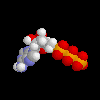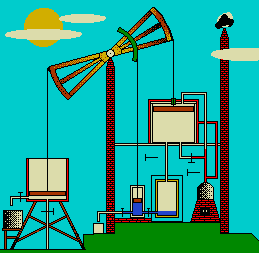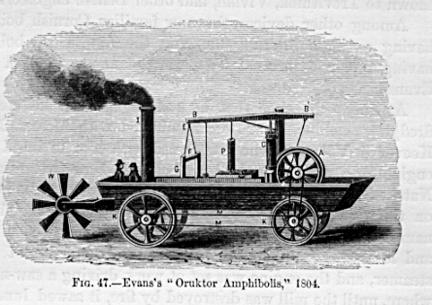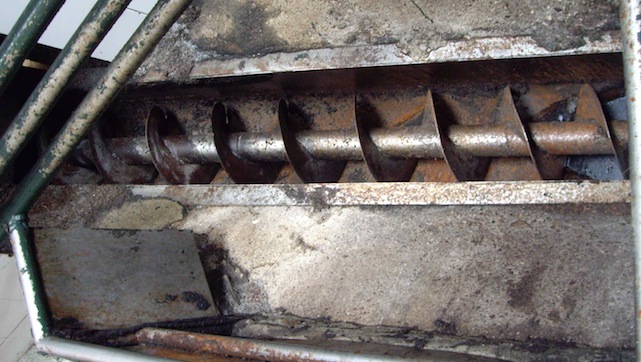 -----
----- 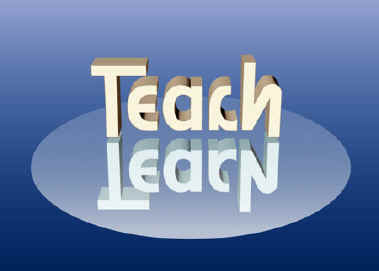
| Products | 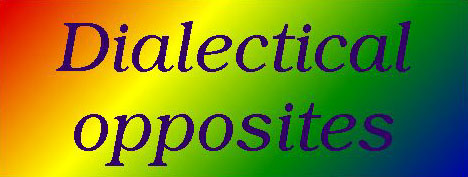 |
Machinery | |
| Carroll Pursell, Jr. | |||
| Complexity is inherent in technology. | |||
| Heather Lechtman's work starts by examining technologies that are culturally encoded. That means they have a certain meaning, character, and signature peculiar to one culture. People of that culture can identify such a signature. She insists that we can read into these artifacts and products of technology certain necessary skills, techniques and application of the tools used to make products something about the everyday life in and thought of peoples from early societies. | |||
1) By careful analysis, we can, with both pleasure and profit, reverse her process to learn something about ourselves and our society.
2) That is, knowing a good deal about the values and power relations in our own society (gender systems for example) we can analyze or deconstruct our own technologies to discover the often hidden ways in which their apparent neutrality masks codes of privilege and deeper meanings.
"The throw away Coca-Cola bottle tells us a great deal about not only our diet, but our definition of garbage, the geographical reach of Western commercial interests, and the cachet of consumer culture."
If we start with the bottle as an example of mass produced, durable materials and the sway of the commercial beverage industry, we can find ourselves working backward to the flour milling process first automated by Oliver Evans in the 1780s and driven by water power which brought down the price of flour for bread.
Cases of complexity
A completely automated flour mill, designed and operated by Oliver Evans, 1782.
Oliver Evans (1755 - 1819) American inventor & factory builder, Philadelphia, Pa.
Oliver Evans pioneered the high-pressure steam engine, automated milling, and refrigeration. Evans was born in Newport, Delaware on September 13, 1755. At sixteen years old, he was apprenticed to a wheelwright, however, within two years Oliver Evans began his inventing of a new high-pressure steam engine. Evans also invented textile machine tools and milling equipment. He was a millwright by training.
In 1782, Oliver Evans built the first automatic mill on Red Clay Creek,
Delaware. In 1789, the first U.S. patent for a steam-powered land vehicle was granted to Oliver Evans, called the Oruktor Amphibolis, a steam driven carriage that also floated on the Delaware River and served as a dredge. Evans, one of America's pioneering inventors, created the high-pressure steam engine and advanced the milling industry by automating flour mills (pictured above).
Thomas Jefferson denied him the patent for his milling operation (and this rights to any monetary payment) claiming that Evan's presumed originality in the automated mill's design was really just a series of adaptations from Archimedes.
It was Archimedes, not Evans – so Jefferson thought – who had perfected the "Archimedean screw," a device used in Egypt for lifting water from a lower to a higher plane. Seen here the device is the slant angled, threaded drive leaning to the left from "A" above to "N" below:
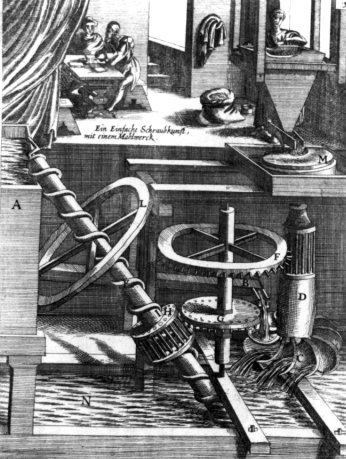 |
1 | Butcher's Blade | |
|---|---|---|---|
| 2 | Out of the Loop | ||
| 3 | Step Right Up | ||
| 4 | Makes No Sense | ||
| 5 | Welcome to the Club | ||
| 6 | War in the Age of Intelligent Machines | ||
| 7 | Dirt and Disorder | ||
| 8 | |||
Ancient Archimedean device. |
|||
Is Evan's mill an adaptive response or exaptation?
Week Two: Pursell question and the story of Prometheus
Week Three: Pursell question and the story of Edward Ellis, M.P.
A dialogue in technical circles about invention and diffusion of techniques.
Communicating has changed since the invention of the printing press.
Kranzberg's laws of technical innovation and social influences.
Summary: Technological change is not destined to happen as it requires a contingent set of circumstances in which the capacity for work, investment, patents, and production to dovetail or mesh together in making valued products or results.
 |
||
|---|---|---|
| Tools of Toil: what to read. | ||
| Tools are historical building blocks of technology. | ||
December 8, 2014 : September 1, 2008.

